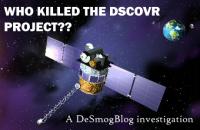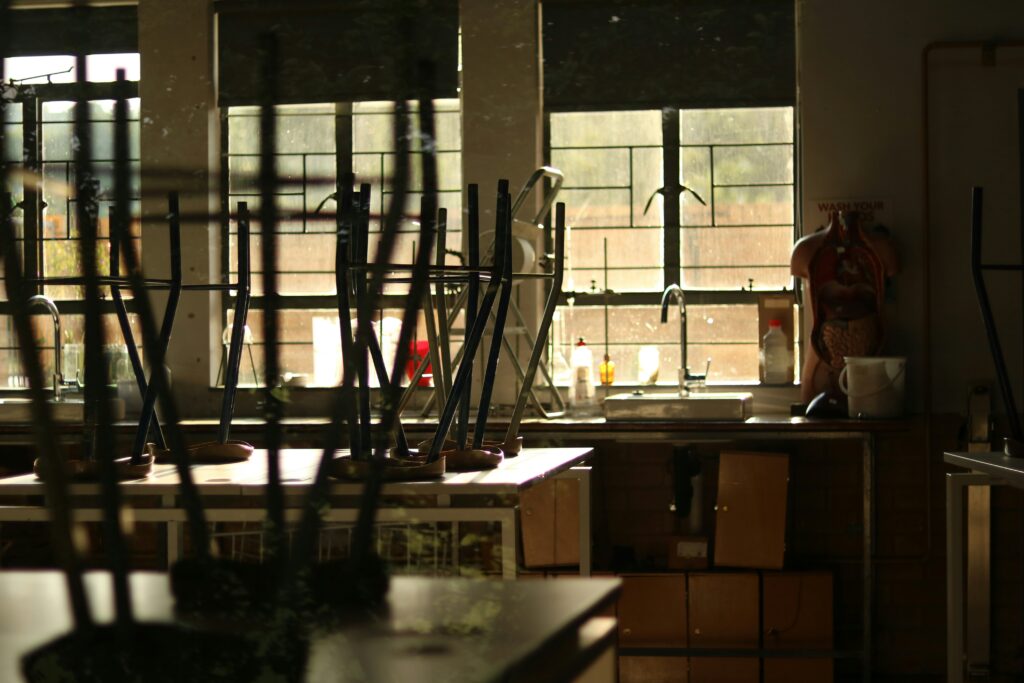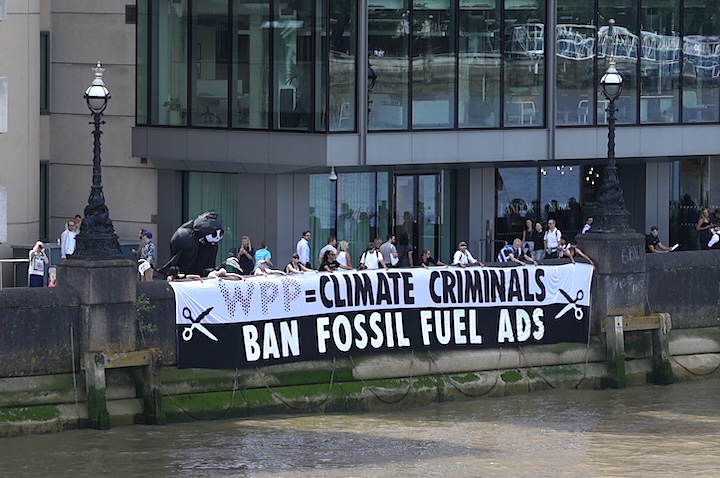Part 6 in our “Uncover DSCOVR” series featuring science writer Mitchell Anderson
Like any government body, NASA has to decide where is best to spend it’s finite resources. These decisions aren’t easy but they are essential to ensure that the funds entrusted by the taxpayer are allocated in a coherent and thoughtful way.
Looking through that lens, it is hard to imagine how NASA saw fit to cancel DSCOVR after it was built – ostensibly due to lack of resources – when they are continuing to shovel literally billions of dollars on two mega projects that arguably have no scientific merit whatsoever. I speak of the International Space Station (ISS) and the proposed manned mission to Mars.
Lets start with the ISS. Conceived as a joint effort by many countries to have permanent presence in space, it has become a boondoggle that is quite literally out of this world. By 2010, the ISS will have eaten up over $130 billion dollars. That cost itself is remarkable, but more remarkable still that the ISS has lost large parts of it planned science program.
Two major initiatives, the Alpha Magnetic Spectrometer and the Centrifugal Accommodations Module were both cancelled due to funding cuts. Instead, The ISS has focused on more mundane topics such as space-induced kidney stones and the effect of cosmic rays on the human body.
A perennial justification of orbiting astronaut housing such as the ISS is that they can be used as laboratories for the growing of novel crystals and proteins in microgravity. Yet in 2000, the National Academies of Sciences reported that, “the enormous investment in protein crystal growth on the Shuttle and Mir has not led to a single unique scientific result.”
The American Physical Society also recently reaffirmed its statement originally made in 1991 that “It is the view of the American Physical Society that scientific justification is lacking for a permanently manned space station in Earth orbit.”
Undeterred, this month NASA will deliver a new module to the ISS – at a cost of $2 billion – making it as big as a five-bedroom house. Dr. Robert Park, a physicist from the University of Maryland and long time critic of the scientific utility of the ISS, commented wryly, “astronauts can now do nothing in twice as much space.”
Meanwhile, as climate change proceeds apace, DSCOVR continues to explore the inside of its storage box in Maryland.
In the words of NASA brass, the decision to cancel DSCOVR last year was due to “competing priorities”.
Lets do the math.
To put the cost of one of the those competing priorities in perspective, the ISS at $130 billion is roughly 1,300 times what it cost to build DSCOVR, and 13,000 times larger than what it would cost to launch and operate the now-completed DSCOVR themselves – something that Dr. Park has stated is “the most important thing we could be doing in space right now”
In actuality, the cost to NASA of launching DSCOVR now is approaching zero since it appears that the National Oceanic and Atmospheric Administration (NOAA) has found outside funding to take over the mission. Strangely, NASA as yet seems to feel that it is more cost effective not to hand DSCOVR over to another US government agency and instead keep it in storage at roughly $1 million per year.
Next week: DSCOVR vs. putting a human on Mars.
Here’s the previous stories we’ve done:
Part 1: the background
Part 2: How politics conspired to kill DSCOVR
Part 3: Digging for answers from NASA
Part 4: FOIA, NASA, DSCOVR – my acronym hell
Part 5: Could NOAA save DSCOVR
Please help us in our investigation by donating to DeSmogBlog and Project Uncover DSCOVR.
Subscribe to our newsletter
Stay up to date with DeSmog news and alerts







